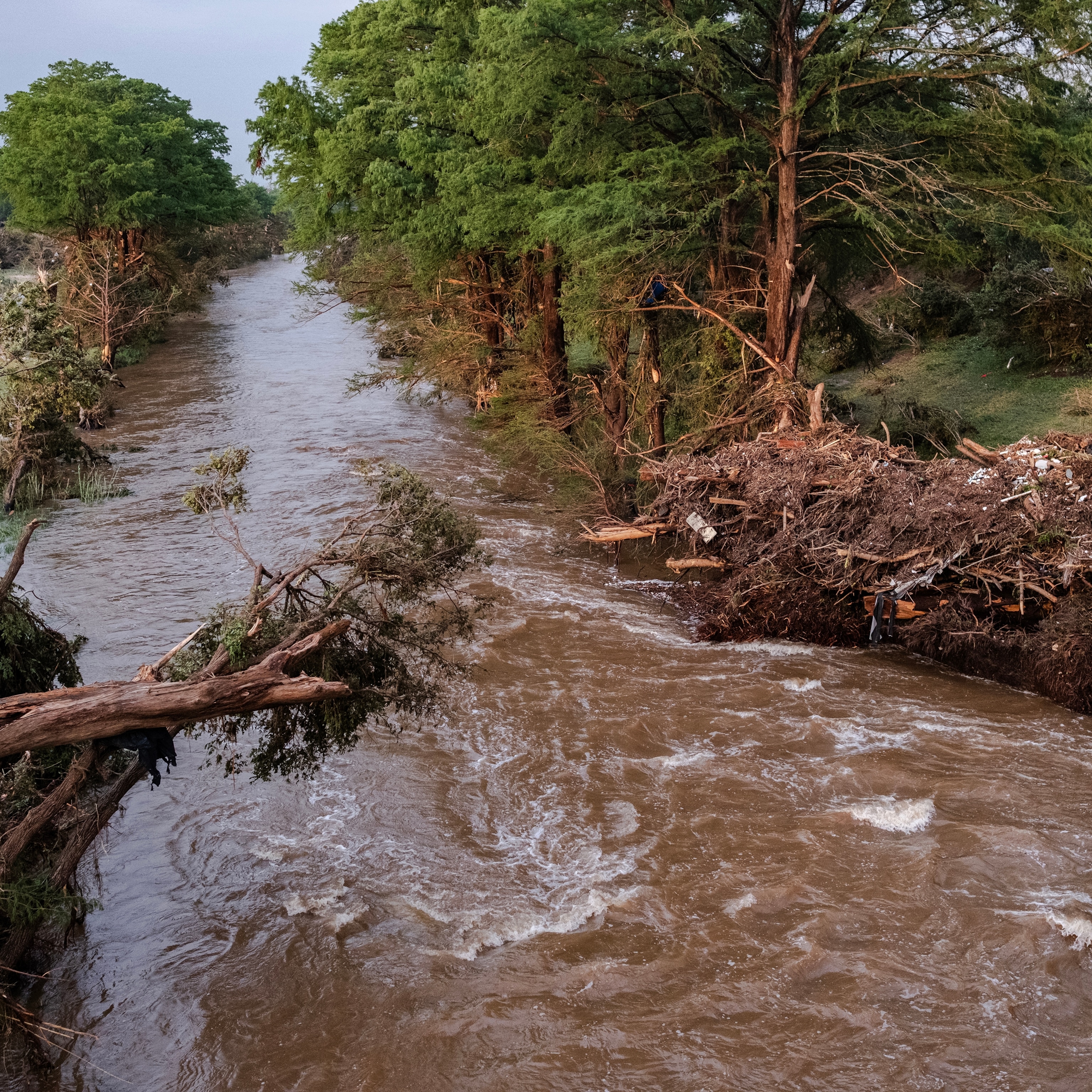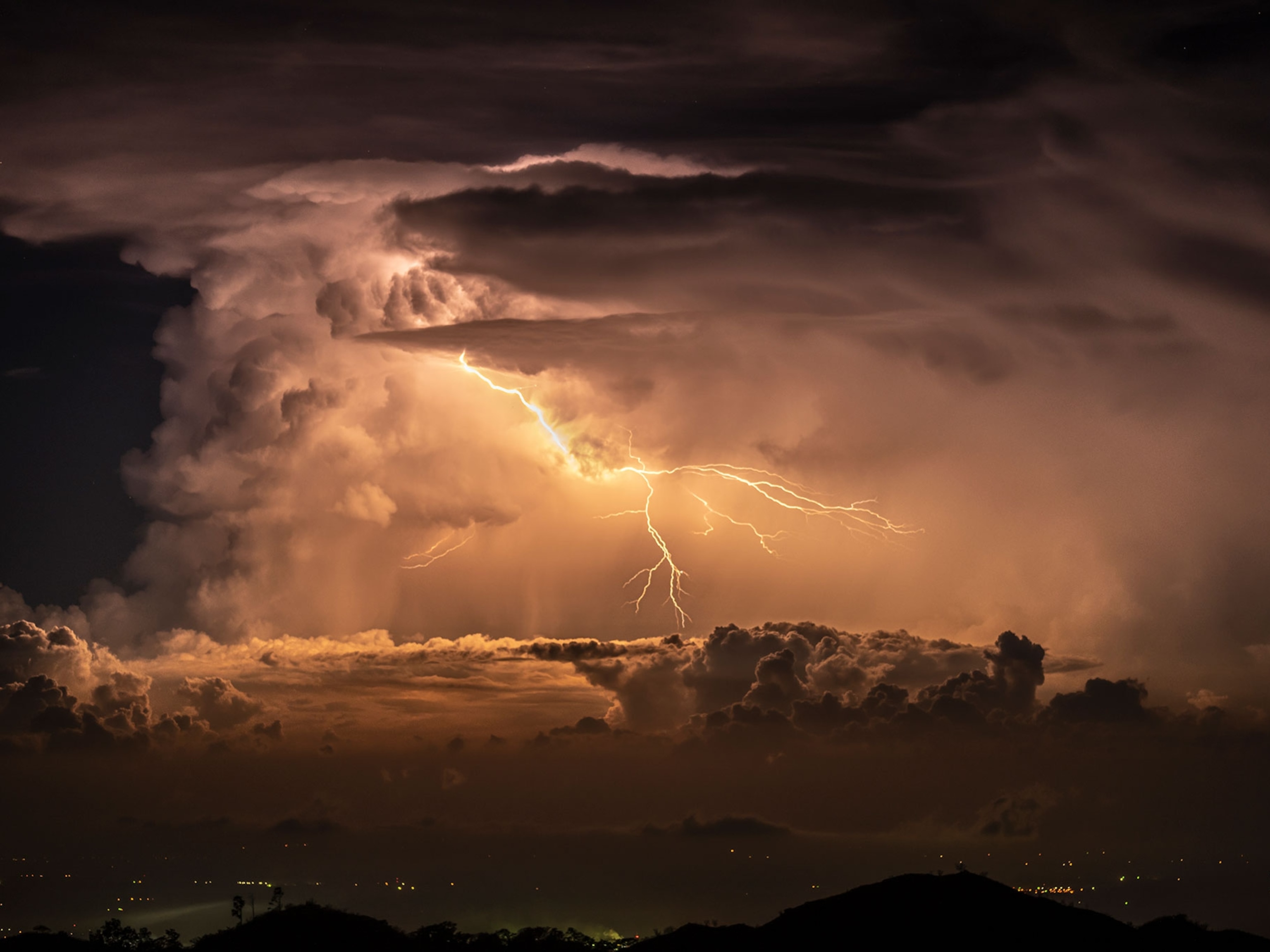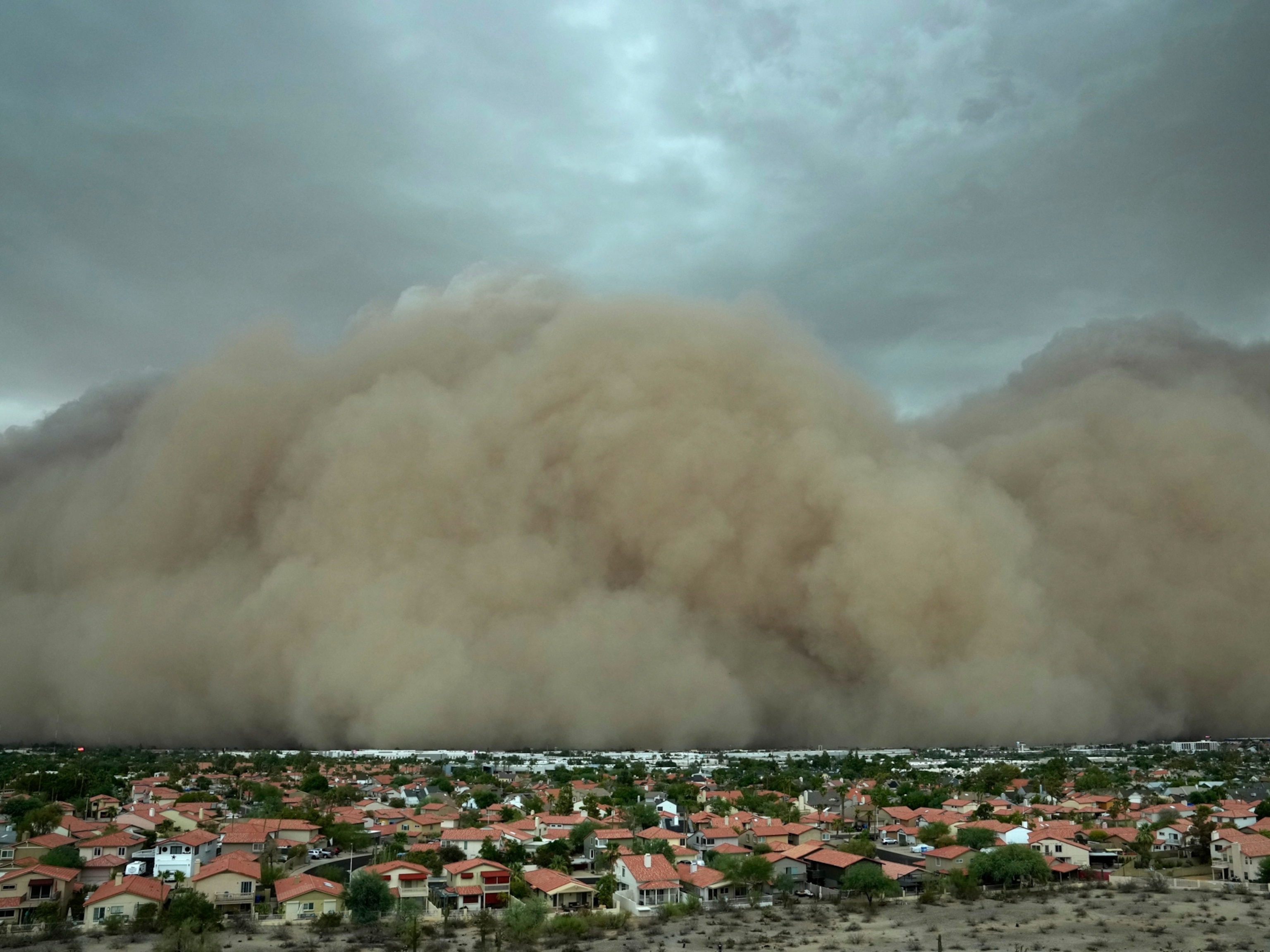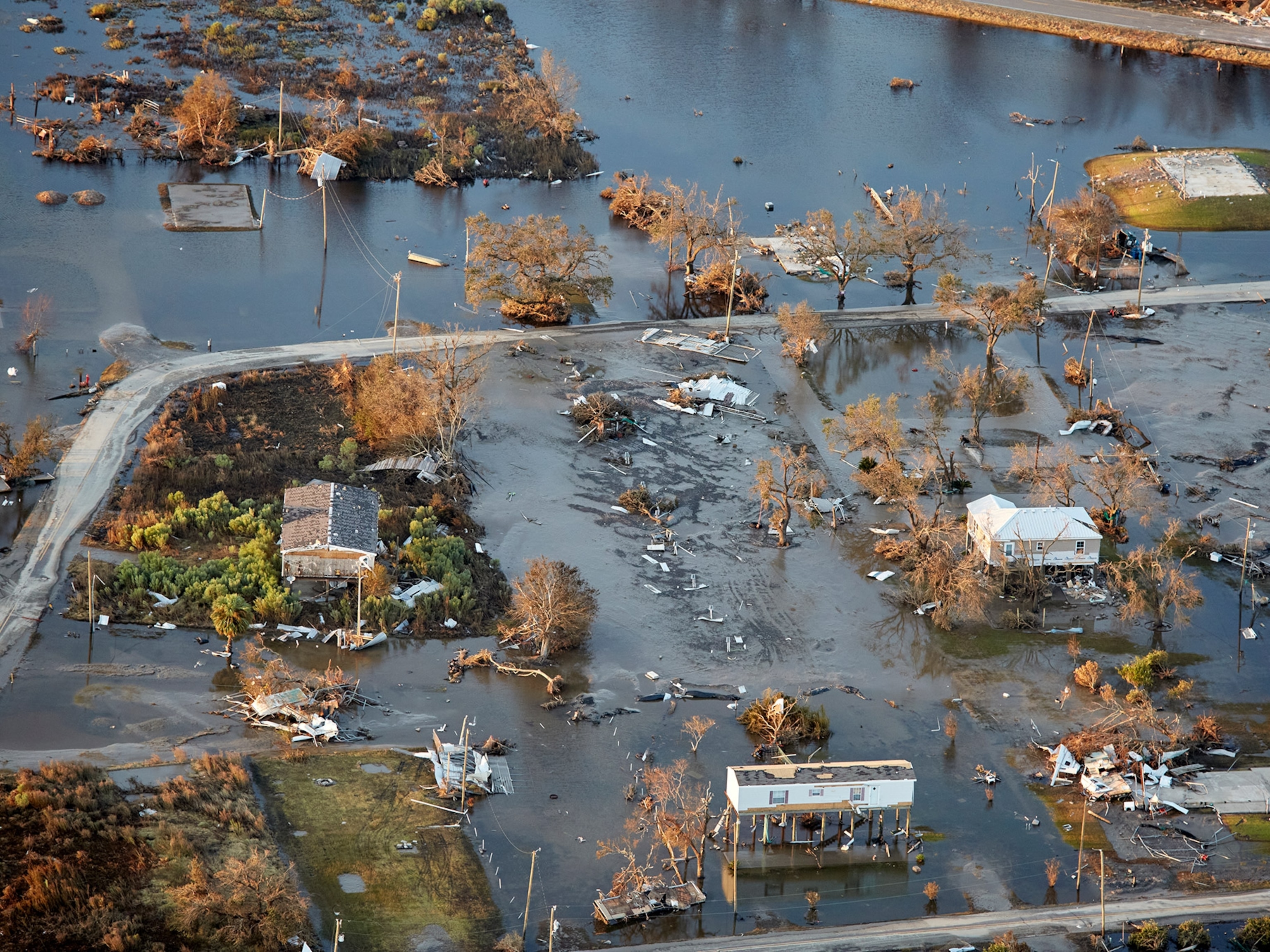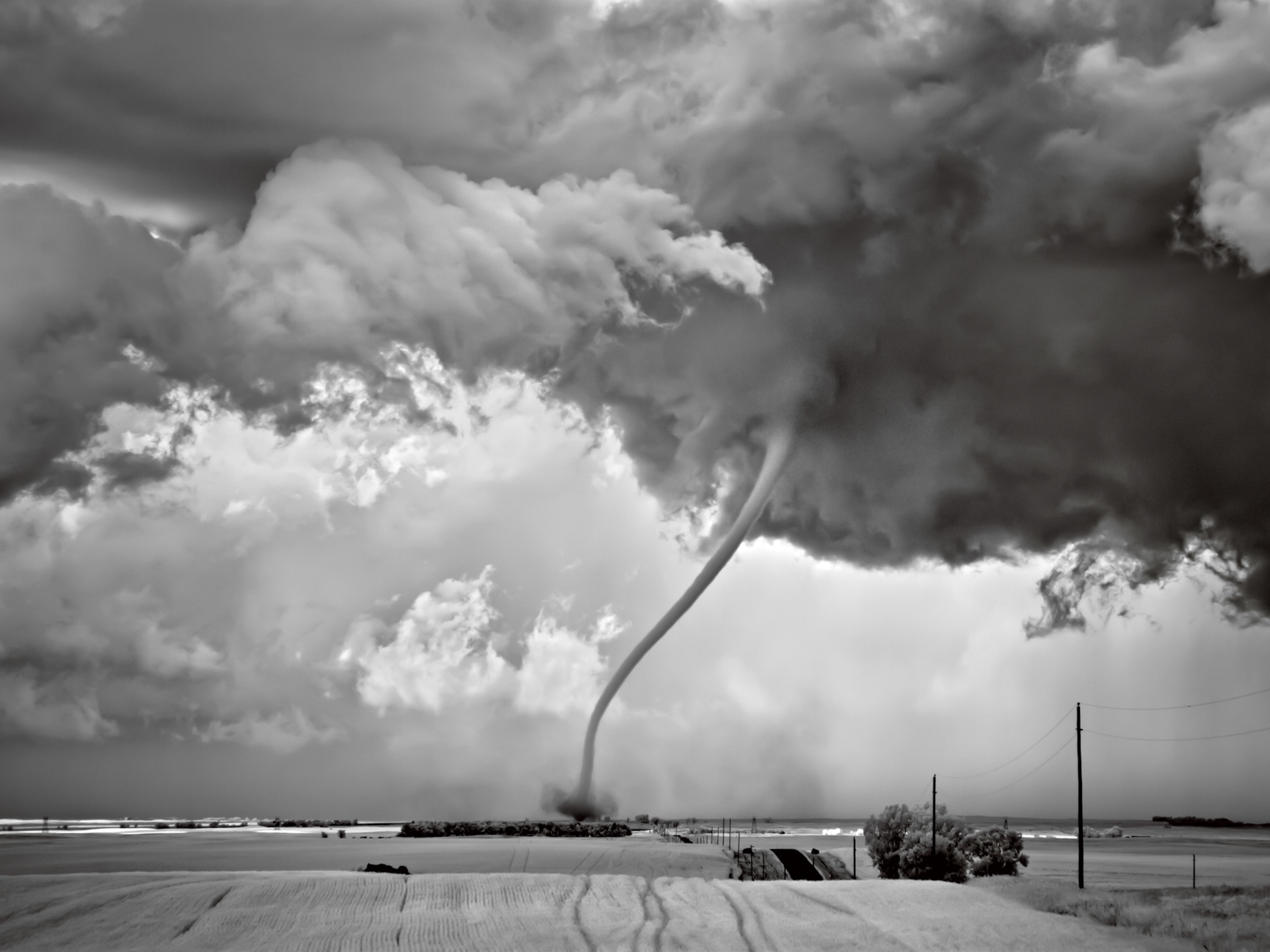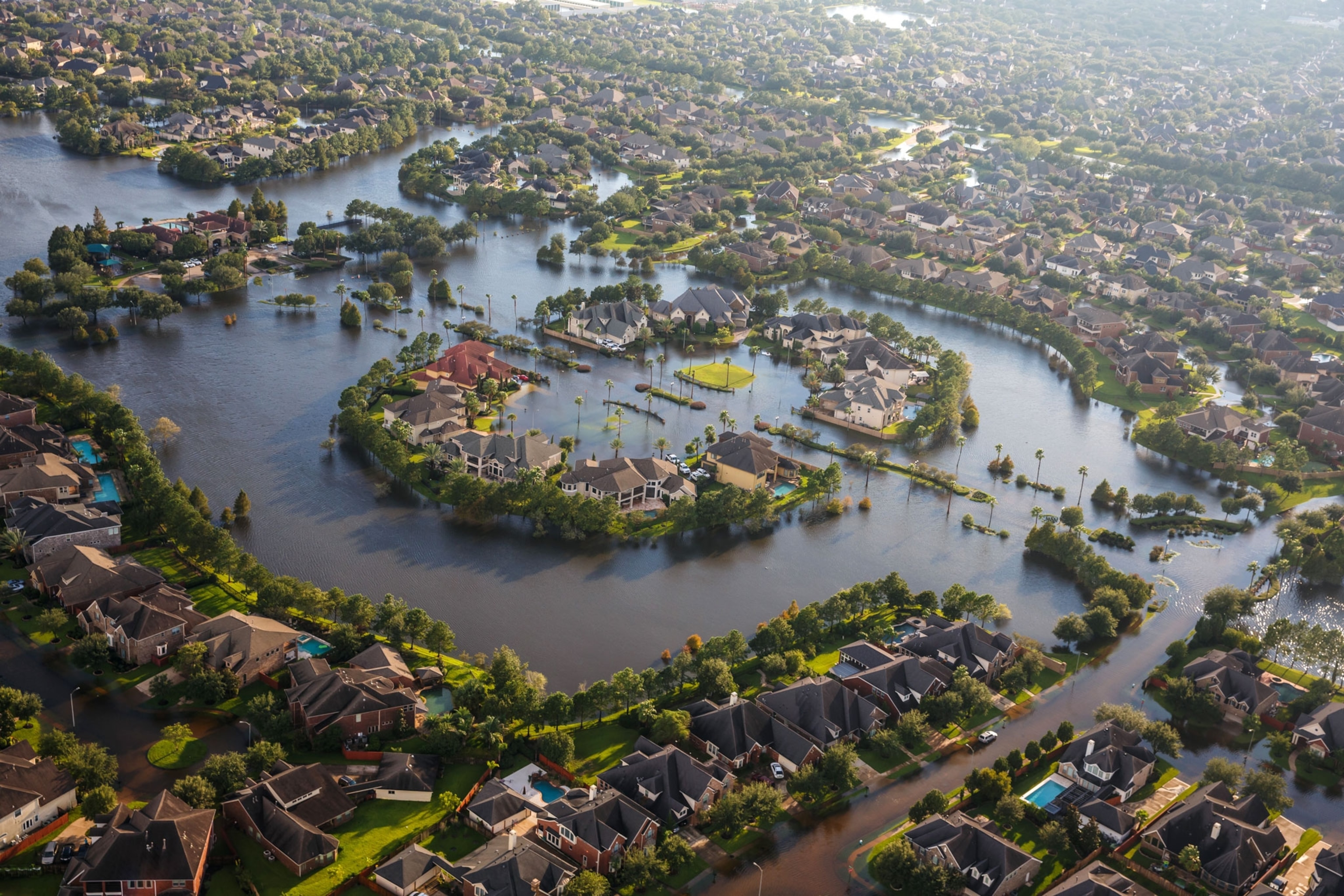
After Harvey, Are Epic Rains the New Normal?
Houston’s third 500-year flood in three years raises the question: How can cities prepare for extreme weather that’s no longer so rare?
In retrospect, Harvey should not have been a surprise. Climate scientists have warned for years to expect more extreme rainfall from the warming Earth.
The evidence is not hard to find. Last year, a “1,000-year” rainstorm flooded Baton Rouge and seven southern Louisiana parishes, killing 13 people and damaging 92,000 homes. In 2013, a year’s worth of rain pelted the steep slopes of Colorado’s arid Front Range for five days, setting off flash floods that killed ten people and involved–until Harvey–the nation’s second-largest rescue airlift after Hurricane Katrina. For weeks this summer, extreme monsoons have drenched India, Nepal and Bangladesh, where flooding has killed more than 1,200 people and displaced 40 million others.
The fact that Houston sits on the hurricane-prone Gulf of Mexico should not distract from the essential lesson of Harvey: Extreme rain can do tremendous damage anywhere, wet climate or dry. And few communities are prepared.
“Every location on the planet is at risk in this regard,” says Michael Wehner, a senior staff scientist at the Department of Energy’s Lawrence Berkeley National Laboratory in California. “The important thing in my mind is to raise awareness that everybody should expect more extreme storms, no matter where they live. A key question for Houston’s urban planners is just how rare an event do you design for?”
Houston may not find an easy answer. As the city begins to assess damage, and the political debate inevitably flares over costs, the argument will be made that no city could have absorbed more than four feet of rain over several days without flooding, and Houston’s residents should not be punished for where they chose to live. It is a powerful argument. New Orleans made it after Katrina in 2005, as did New York after Hurricane Sandy in 2012.
But the question persists: what should cities do as extreme rain becomes less rare? Harvey’s flood may have set records, but it is also the third “500-year” flood to hit Houston in the past three years. A 500-year flood is one that has a one in 500 chance of occurring in any given year—unless global warming is changing the odds.
Preparing for Extremes
There is little doubt that climate change made Harvey worse. Surface waters in the Gulf of Mexico are 2 degrees Fahrenheit warmer at this time of year than they were three decades ago, and Harvey tapped into that energy as it barreled onto the Texas coast. There is more water vapor in the atmosphere now to make rain than there used to be, because evaporation is increasing and warm air can hold more vapor than cold.
All over the world, extreme rainfall events are on the rise. The one in Texas this past week has so far killed more than 40 people in Houston and the counties around it.
Risk Management Solutions (RMS), a global risk modeling firm, estimates the losses from Harvey to be as high as $70–$90 billion, most of it from flooding in Houston, where more than seven million properties are valued at a total of more than $1.5 trillion.
Harvey’s rain fell on a city of 2.3 million people that celebrates itself as the largest in the country with no zoning regulations. Decades of urban sprawl have paved over swamp and wetlands and destroyed much of the land’s ability to absorb water. Houston’s flood control system was built in the 1940s, and the two large reservoirs that serve as storage ponds for stormwater runoff were overwhelmed by Harvey. Rain gauges around the city topped four feet—a number that would be extreme if applied to a winter snowfall in the Northeast, and that is almost unimaginable when applied to the rain from a single storm.
“Most development does not take these risks into account, predominantly because of the cost,” says Alex Kaplan, an executive at the global reinsurance giant, Swiss Re, which prods communities to prepare for climate change–or risk losing insurance. “A dollar today is worth more than a dollar saved tomorrow. That is the reality of land-use planning and you see it in cities across the United States and the world.
“We are at a point now,” Kaplan continues, “Where more attention needs to be paid to how we build, where we build and other mechanisms we can put into place to reduce these impacts. We are not going to stop these events from occurring. They are going to become more frequent and we should plan for that scenario.”
Right now more than 600 communities in the United States, including Houston, operate storm sewer and wastewater sewers that share the same piping—which means that during storms, raw sewage can get washed into open waterways.
The problem, Kaplan says, is that “if you are a mayor or county commissioner or governor and have a set amount of resources, you are going to make choices that are politically popular.” In the eyes of a political leader it may seem appealing to build a new football stadium, for example, when for the well-being of the community it would be better to rebuild the old sewers. “It’s not sexy, but it needs to be done,” Kaplan says.
There’s Always a Next Time
Nothing concentrates the mind like disaster, however. Around the globe, cities that have been visited by disastrous storms are taking steps to protect themselves against the next one—and in the process to reduce their vulnerability to climate change. After Copenhagen was inundated by 100-year-floods in 2011 and 2014, the Danish capital built parks and public spaces designed to collect rainwater when storms occur. The city also adapted the piping in its storm sewer system, Kaplan says, to make it capable of moving excess water to targeted places where it can drain.
The Netherlands, which has been fighting to hold back the North Sea since the Middle Ages, had its own day of reckoning in 1953, when a monstrous storm ruptured dikes and caused flooding that killed 1,836 people. Now the country has become a model for dealing with water in an enlightened way.

Instead of merely trying to barricade water out, the Dutch approach is to let it flow where it won’t do damage. The country is dotted with ponds, lakes, seaside parking garages, and city plazas that double as water storage ponds during flooding events. The Dutch are now marketing their techniques to the world, and count among their clients the cities of New Orleans and Miami.
New Orleans and New York invested millions in storm protection and adaptation after Katrina and Sandy flooded the cities. This year, New Orleans created a unique resilience district that includes landscaping and other features to capture rainwater and prevent flooding during rain events.
After the Colorado flood, the city of Boulder drew up a comprehensive plan to adapt to climate change, which includes not only flood control measures, but also protections against the growing threat of wildfire.
“Most organizations are not well adapted to thinking about uncertainty and creating adaptive response capabilities,” says Greg Guibert, the city’s chief resilience officer. “What makes an event truly extreme? What happens when it really jumps the rails? That’s what happened to us.”
Preparing well for extreme rains also involves not doing certain things—paving over wetlands, for instance. A new study, published in Scientific Reports last week, just as Harvey was bearing down on Houston, concluded that during Hurricane Sandy, coastal wetlands had prevented $625 million in property damage, reducing by an average of 22 percent the damages in more than half the zip codes that lay in Sandy’s path. The study was carried out by marine scientists who partnered with insurance risk modelers from Lloyds Tercentenary Research Foundation and RMS.
Mike Beck, the Nature Conservancy’s lead marine scientist and one of the authors of the study, says preserving coastal wetlands also protects inland urban areas from rainwater flooding, by giving the water a place to run off.
“If you are putting down all these hard surfaces and not allowing the wetlands to serve as a sponge for these freshwater events, you are going to get much more water moving quickly and overwhelming reservoirs,” he says.
To support victims of Harvey, consider giving to United Way of Greater Houston.


